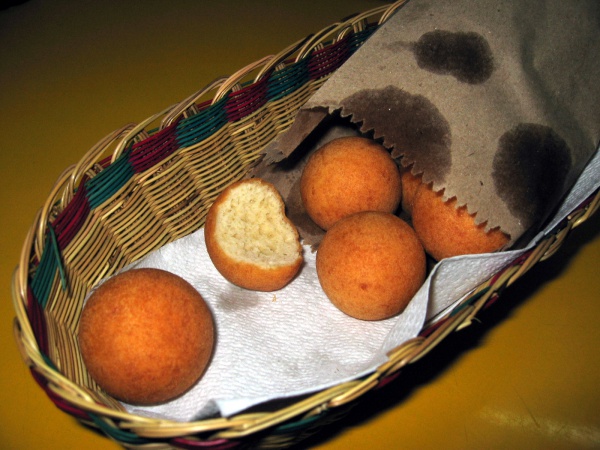Facts About Buñuelo
A buñuelo is a delightful fried dough fritter that has garnered enthusiasts across Southwest Europe, Latin America, and parts of Africa and Asia. These treats are particularly popular in countries like Argentina, Mexico, Spain, Colombia, and the Philippines, especially during festive seasons such as Christmas, Ramadan, and Hanukkah. Buñuelos can feature various fillings or toppings and are usually made from a wheat-based yeast dough flavored with anise. They can be round or disc-shaped, and in Latin America, they’re often seen as symbols of good luck.
The origins of buñuelos trace back to Mediterranean cuisine, dating to the Roman era. The Moors in Spain were among the earliest aficionados, and over time, countless variations have emerged. Each region has its own twist on the classic buñuelo. For example, Spain boasts "buñuelos de viento" while Valencia is renowned for its pumpkin buñuelos. In Colombia, they’re made with cheese, whereas in Cuba, cassava and malanga take center stage. The Dominican Republic, Nicaragua, the Philippines, Puerto Rico, Mexico, Peru, Italy, and Uruguay all offer unique interpretations, incorporating local flavors and ingredients.
Buñuelos have also reached Turkey, India, Russia, and Jewish communities around the world, with each culture adding its distinctive flair. In many Latin American countries, you might even encounter buñuelos made from flour tortillas, garnished with a sprinkle of sugar or cinnamon. With such a rich history and so many regional adaptations, it’s no wonder buñuelos are a cherished treat in so many cultures.

 Brazil
Brazil